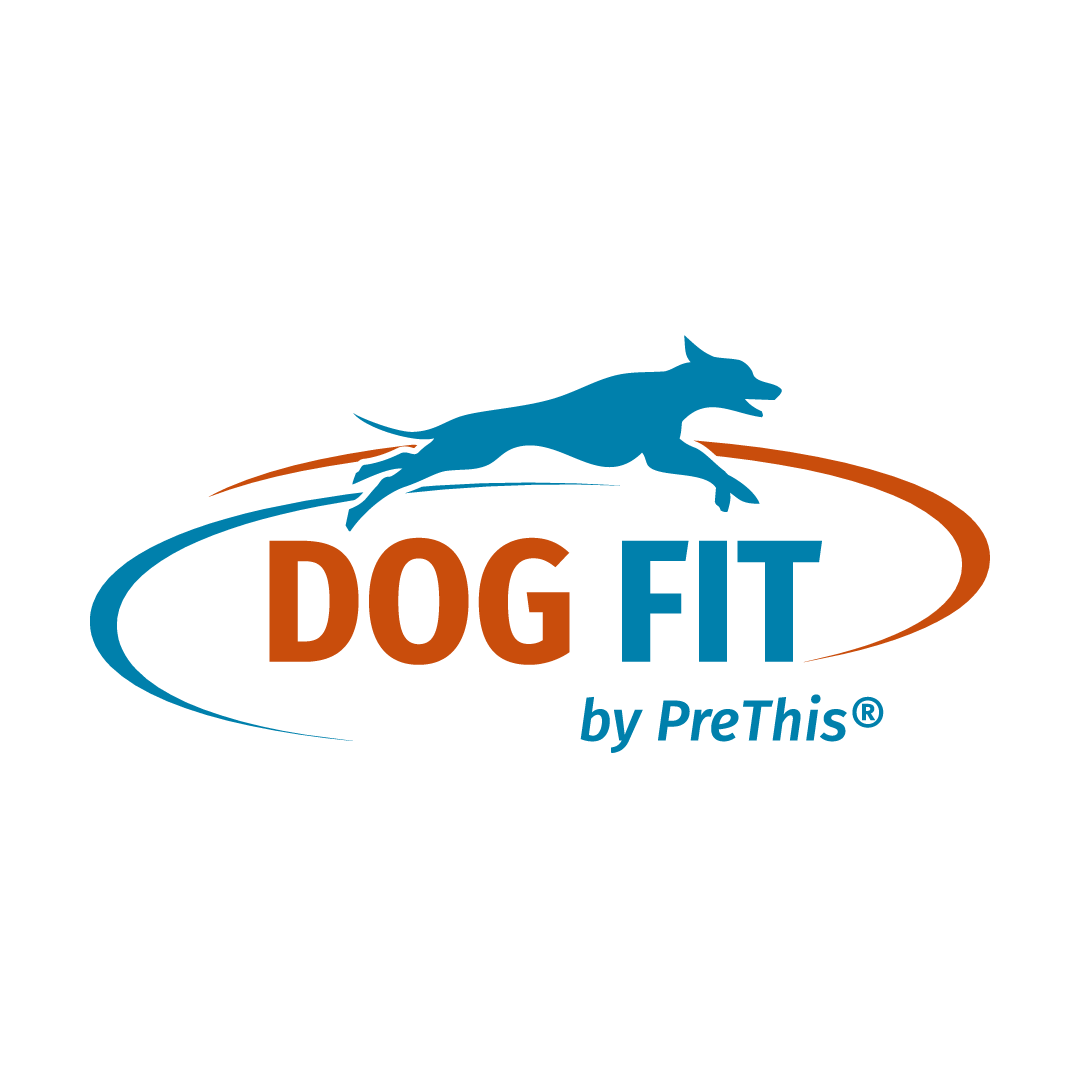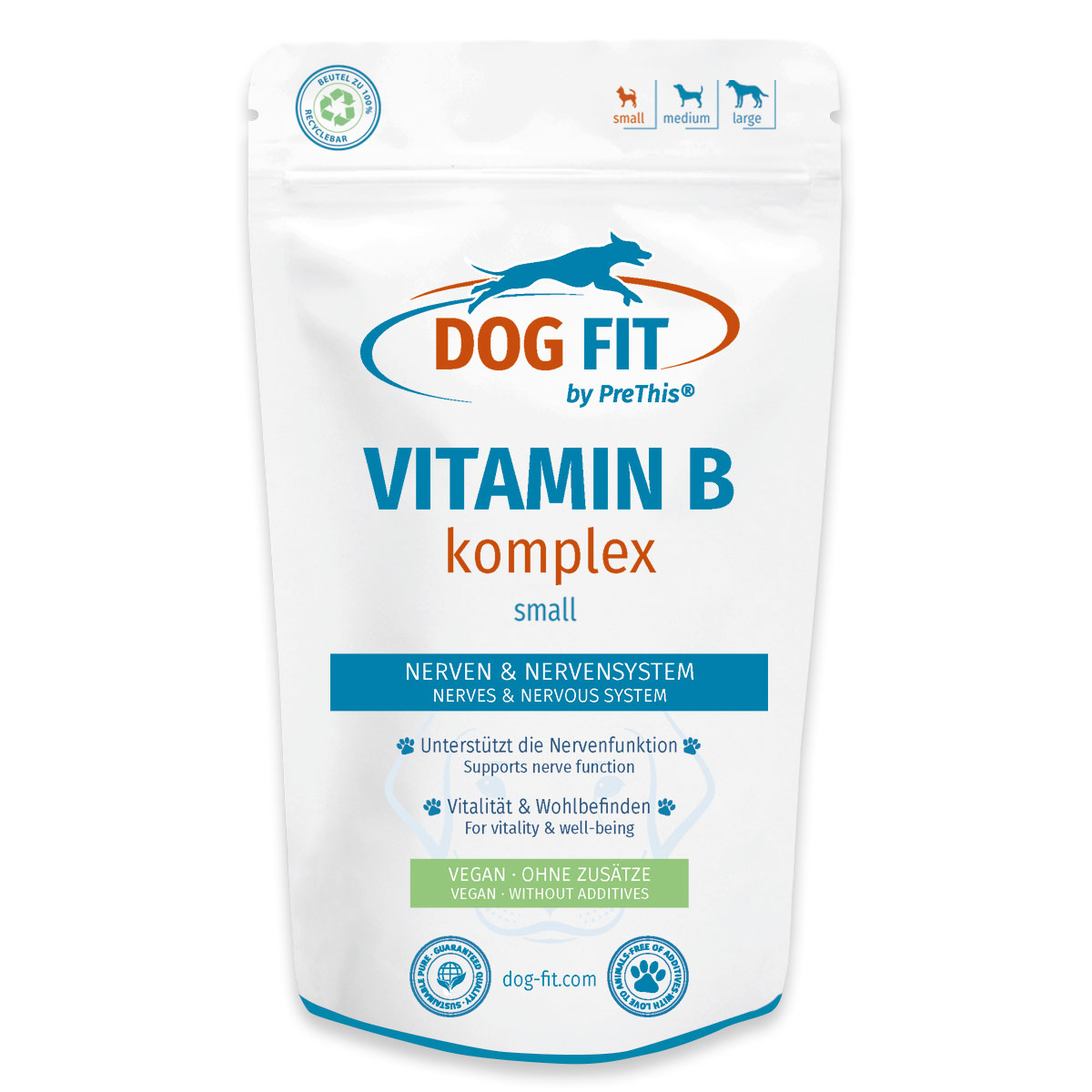
Cauda Equina Syndrome in dogs is a serious neurological disorder that affects the lower sections of the spinal cord. The name of this syndrome comes from the Latin and means “horse’s tail.” This refers to the characteristic bundle of nerve fibers that emerges from the end of the spinal cord. The disorder therefore affects the nerve root areas responsible for important functions in the hind legs and pelvic area. An illness of this nerve root is not the end – but treatment requires patience, understanding, and good orientation for both dog and owner.
Causes of Cauda Equina Syndrome
Cauda Equina Syndrome in dogs can have various causes: There are congenital triggers such as vertebral anomalies, but also age-related degeneration, injuries, or chronic disc problems. Degenerative processes such as herniated discs, spondylosis, or spinal stenosis play a role, particularly in older or larger dogs. Genetic predisposition and unfavorable anatomy can also increase the risk.
Symptoms and Initial Signs
Cauda Equina Syndrome often begins with nonspecific symptoms that dog owners can easily mistake for signs of aging. Typical signs include:
- Difficulty getting up: The dog stands up more clumsily and avoids sudden movements.
- Pain in the lower back: Affected dogs are sensitive to touch and may react noticeably to touch or brushing.
- Muscle atrophy: Muscles can visibly atrophy, especially in the hind legs.
- Signs of paralysis or changes in gait: Some dogs limp, walk with their legs wide apart, or drag their hind paws.
- Incontinence or altered control over defecation and urination: “Accidents” can occur in the house.
- Tail paralysis: A limp or limitedly mobile tail is also possible.
- Symptoms can appear gradually or worsen acutely – depending on the cause and severity.
Diagnosis: How How is Cauda Equina Syndrome diagnosed?
Diagnosis is usually made through a thorough clinical examination by a veterinarian or veterinary neurologist, supplemented by imaging techniques such as X-rays, computed tomography (CT), or magnetic resonance imaging (MRI). MRI is now the gold standard for accurately assessing the spinal cord and affected nerve structures.
Course: How can Cauda Equina develop?
The course of the disease varies and depends largely on the cause, severity, and time of diagnosis. In some cases, the syndrome develops over months or even years and remains unnoticed for a long time. In other dogs, the symptoms appear suddenly and distinctly. If left untreated, the disease can progress and lead to permanent paralysis of the hind legs or loss of bladder and bowel control.
Prognosis: What’s next for the dog?
The prognosis for dogs with Cauda Equina Syndrome is highly individual and depends on the cause, extent of nerve damage, and the treatment plan initiated.
- Mild forms can often be well controlled through targeted physiotherapy, weight management, and pain therapy.
- Severe or advanced cases often require surgery to relieve pressure on the trapped nerves.
Treatment of Cauda Equina Syndrome in Dogs
Treatment depends on the cause and extent of the symptoms. In addition to pain-relieving and anti-inflammatory medications, physiotherapy, controlled exercise training, weight management, and, if necessary, surgical interventions play a role. Surgically, for example, pressure on the nerve roots can be relieved through a procedure called decompression.
Not every dog is a candidate for surgery, so the most appropriate treatment option is decided on an individual basis.
Life expectancy with Cauda Equina Syndrome
Many dog owners ask themselves: “What is the life expectancy of a dog with Cauda Equina Syndrome?” This question cannot be answered in general terms. Mild forms that are detected and treated early often allow the dog to live a good life for many years. In more severe cases, however, especially when paralysis or incontinence occurs, the dog’s quality of life can be more severely limited. Life expectancy also depends onHow consistently therapy and management are implemented, whether additional illnesses exist, and how the dog responds to the measures.
With early treatment and consistent support through physiotherapy, an adapted environment, and, if necessary, nutritional supplements, many dogs with Cauda Equina Syndrome can lead a long, happy, and active life. Nevertheless, it remains a chronic disease that should be regularly monitored and individually managed.
Diet and the Role of Micronutrients
A balanced, species-appropriate diet with high-quality nutrients supports general well-being and can help support the natural functions of the nervous system. B vitamins, in particular, play a central role in nerve function, as they are involved in impulse conduction, cell metabolism, and regeneration processes. A targeted supply of micronutrients can be particularly supportive in diseases of the spinal cord and nerves. Also make sure to keep your dog’s body weight as stable as possible, as excess weight further increases pressure on the spine and nervous system.
Everyday tips and support for affected dogs
Living with a dog suffering from Cauda Equina Syndrome places special demands on everyday life. You can provide targeted support by ensuring a non-slip surface, avoiding stairs, and providing your dog with aids such as ramps or carrying aids. Regular, moderate exercise and individually tailored physiotherapy measures strengthen the muscles and help maintain mobility for as long as possible.
Conclusion
Cauda Equina Syndrome in dogs is a complex and often chronic disease that can have a lasting impact on the dog’s life. With early diagnosis, consistent treatment, and good care, the dog’s quality of life can often be maintained for years. Observation, close collaboration with the veterinarian and, if necessary, a veterinary physiotherapist, and adapting your dog’s lifestyle to their needs are important aspects. This can help ensure your dog has the most active and content life possible – despite Cauda Equina Syndrome.
Every dog has its own story and special needs. With patience, attentiveness, and the right support, you can do a lot to improve your dog’s quality of life. Enjoy the moments you share together – they are unique.
Product information: DOG FIT by PreThis® VITAMIN B 🛒 – Premium supplementary food for dogs. The recipe is tailored to your needs, vegan, and free from genetic engineering and artificial additives. You can find more information here:

The content of the articles is for general information purposes only and does not replace diagnosis or treatment by a veterinarian. Reviews or testimonials are individual reports from verified customers. This information does not constitute medical advice and should not be understood as such.
Our daily inspiration comes from the special moments with our dogs. Here we share this enthusiasm and invite you to become part of the DOG FIT community on our social media channels.



Leave a Reply